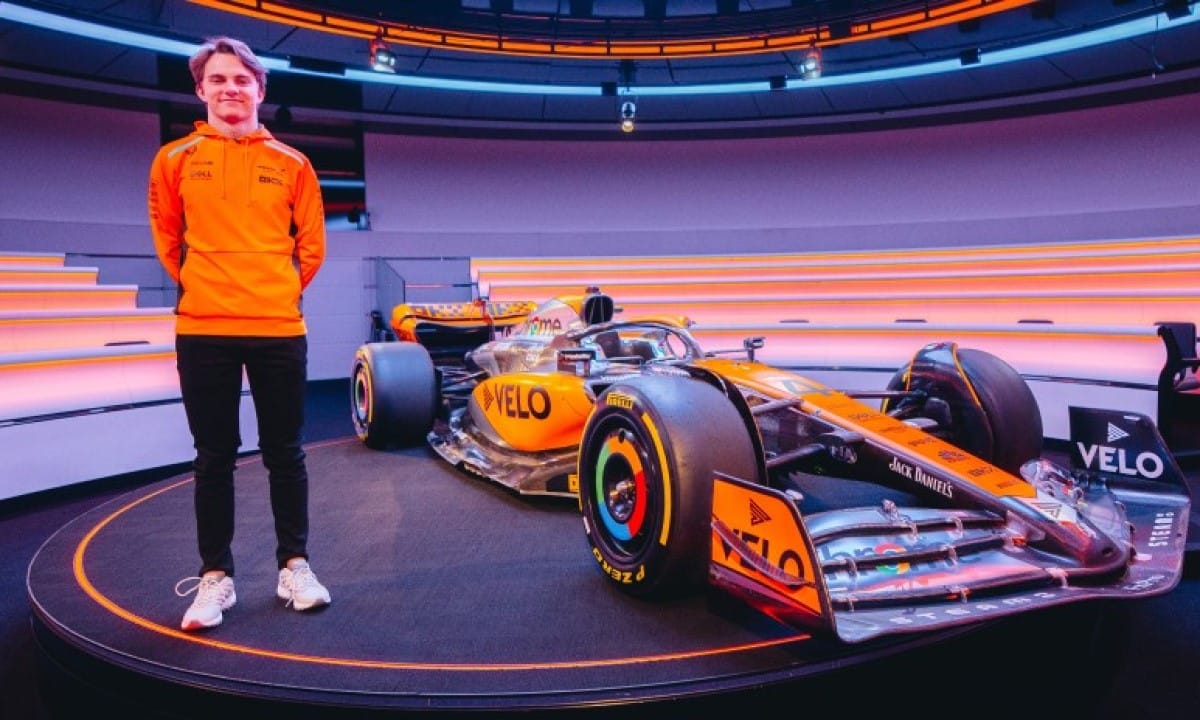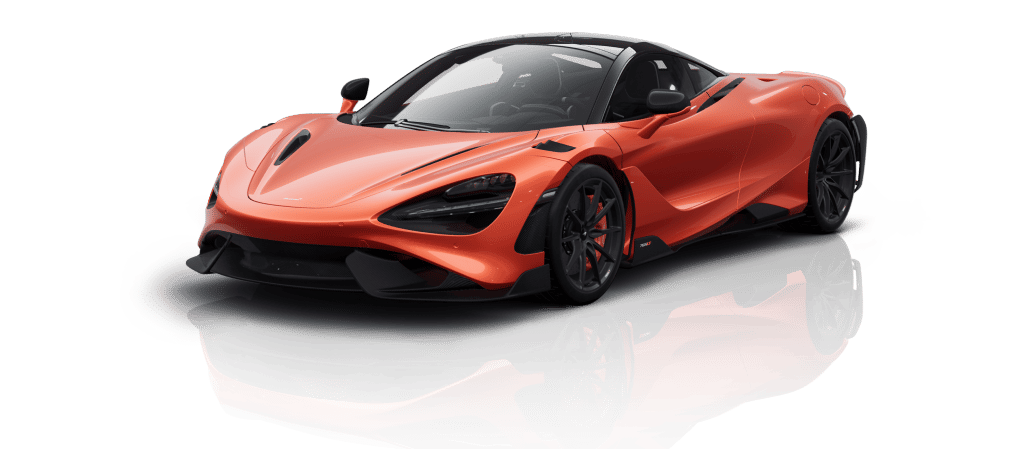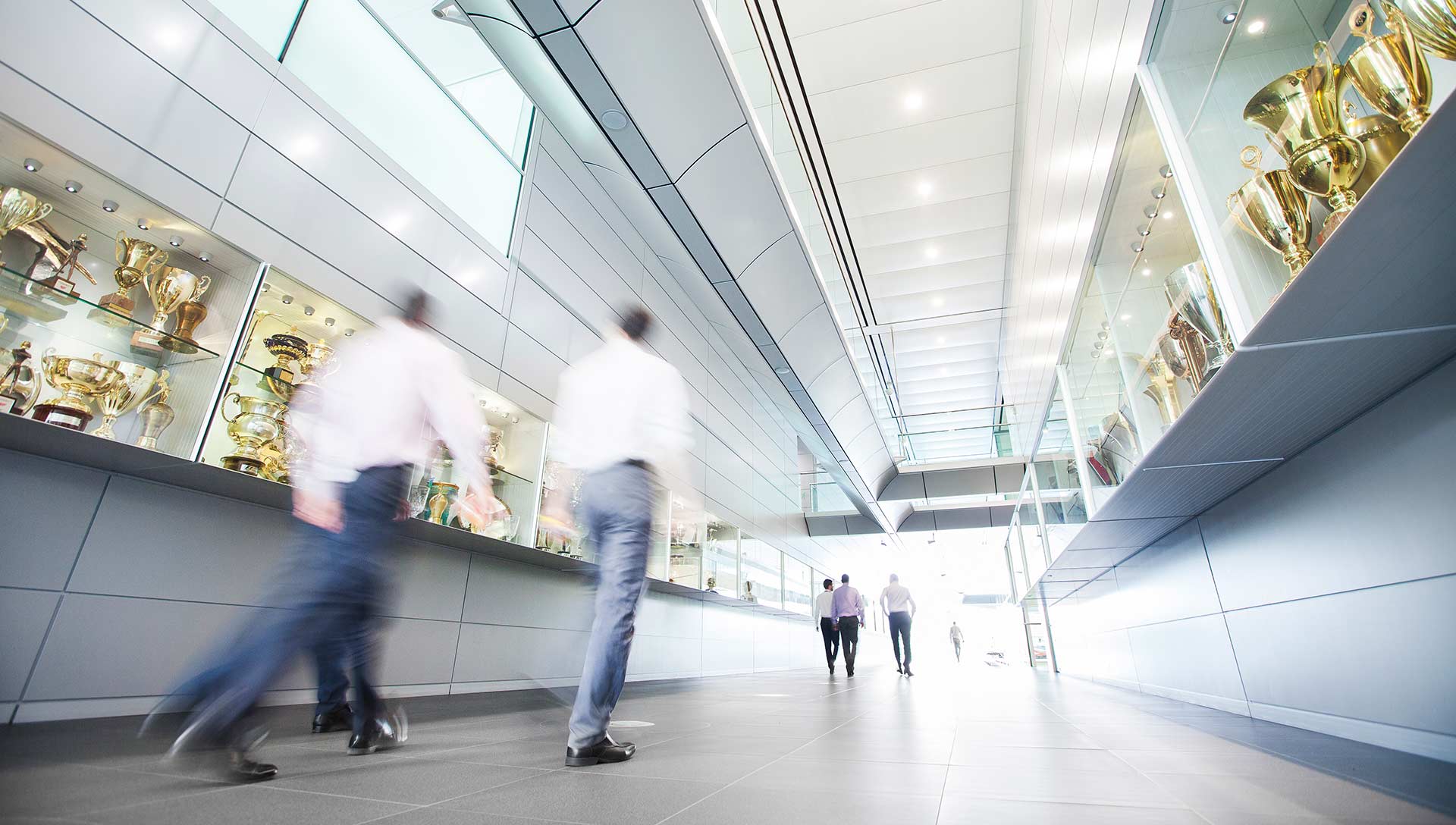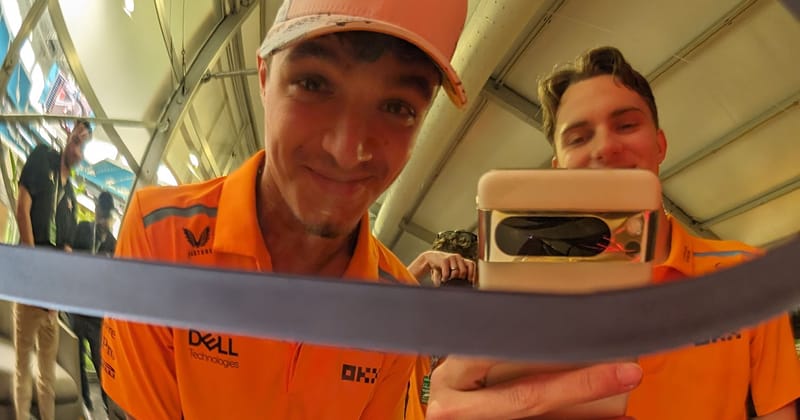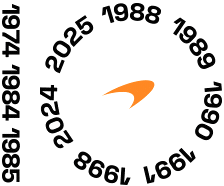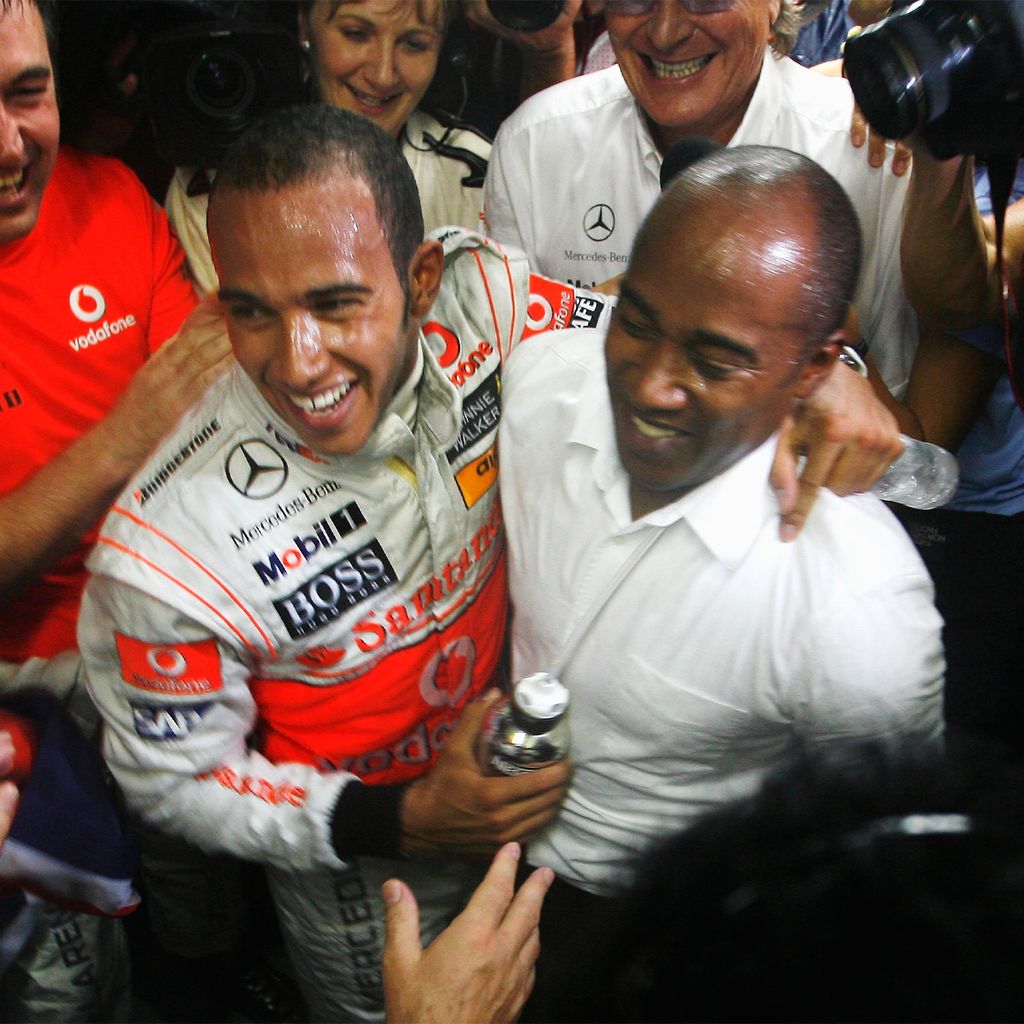
How good actually were McLAREN and Lewis Hamilton in the 2008 Formula 1 season?
Scars, unsolved mysteries, and relentless upgrades: Inside one of F1’s most dramatic seasons
Read time: 19 minutes
Every member of the 2008 Championship-winning team has a mark on their ankle in the same spot. A battle scar from the chrome-coloured MP4-23, and a badge of honour from what many consider the highlight of their careers.
“Everyone who's worked on the 2008 car has the same mark on their ankle because you would catch yourself on the deflector,” recalls Jonathan Brookes, then Number One Mechanic on Heikki Kovalainen’s car. “You would always injure yourself on the car because there were so many aero bits sticking out. Parts were constantly changing.”
2008 was a season of relentless development. It was as much a battle between those in the factories and the garages at McLaren and Ferrari as those on track.
Chrome-coloured McLarens ran for eight years in Formula 1 from 2006 to 2014, but the MP4-23 defined that era. As we return to chrome at this weekend’s British Grand Prix, with the third iteration of our Google Chrome livery enhancement, we’ve looked back at that historic title-winning season and delved into the details of what it was like behind the scenes.
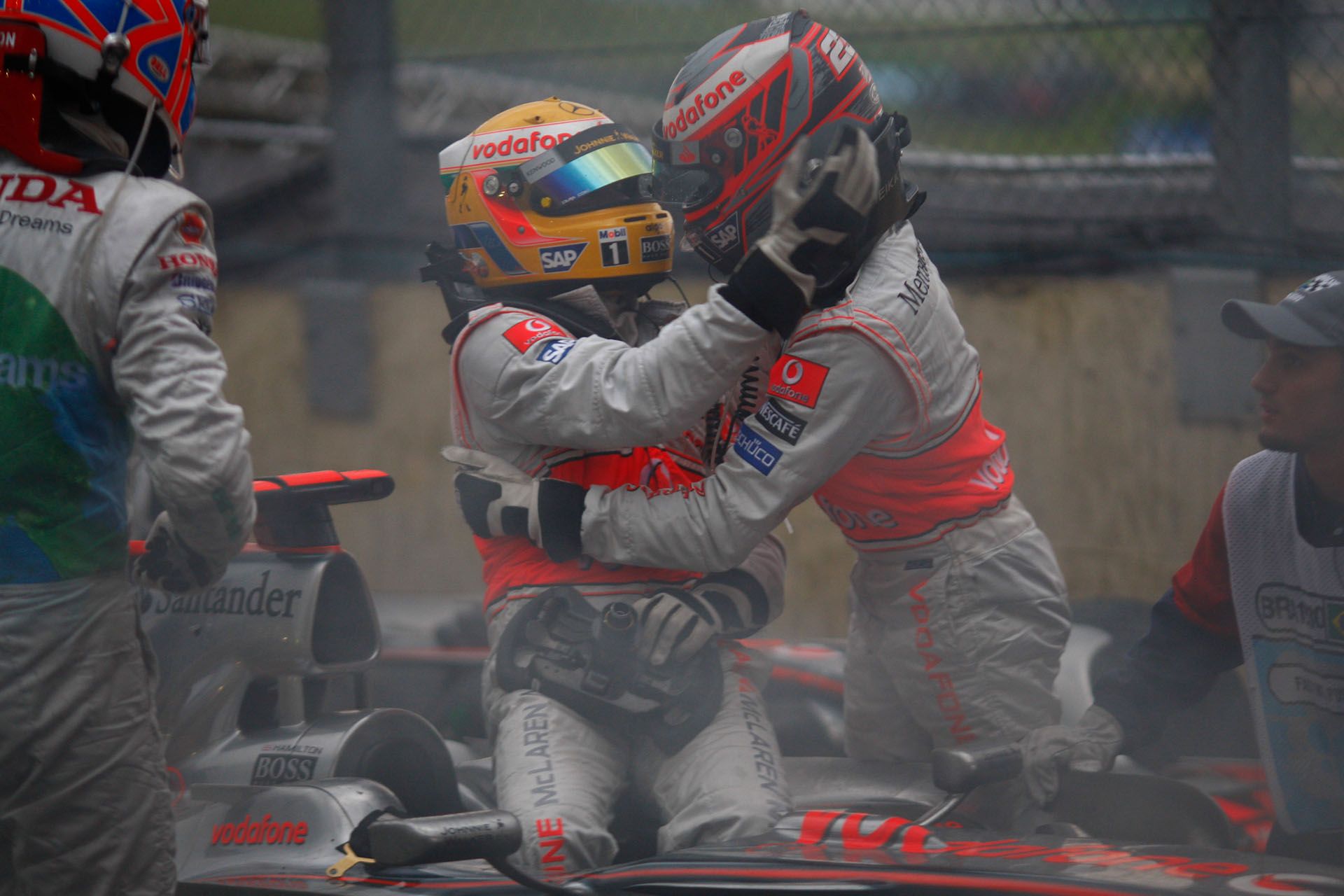
The backdrop heading into 2008
The 2007 and ’08 seasons can be grouped together. The cars were an evolution of one another, and the two dominant teams were the same, while both campaigns were defined by remarkably tight margins.
Finishing second and third in the standings on equal points, Hamilton and Fernando Alonso missed out on the title to Kimi Räikkönen by a single point. Had one of any number of scenarios played out differently, either driver could have won the Championship.
Instead, both fell short, the ripple effect of which saw Alonso return to Renault and Hamilton become the team’s senior driver.
2007 had been tough on the team, but rather than being drained, they were driven.
They had endured several near misses since Mika Häkkinen’s 1999 Drivers’ Championship victory. 2005’s MP4-20, plagued by reliability issues, is considered one of the fastest cars not to win a Championship. 2006 was something of a fallow year, but in 2007, we went as close to the title as we’d gotten in eight years.
“In 2007, everything changed,” recalls Gary Paffett, McLaren’s then Test Driver. “We got to grips with the new regulations really well and from the first race, the car was competitive.”
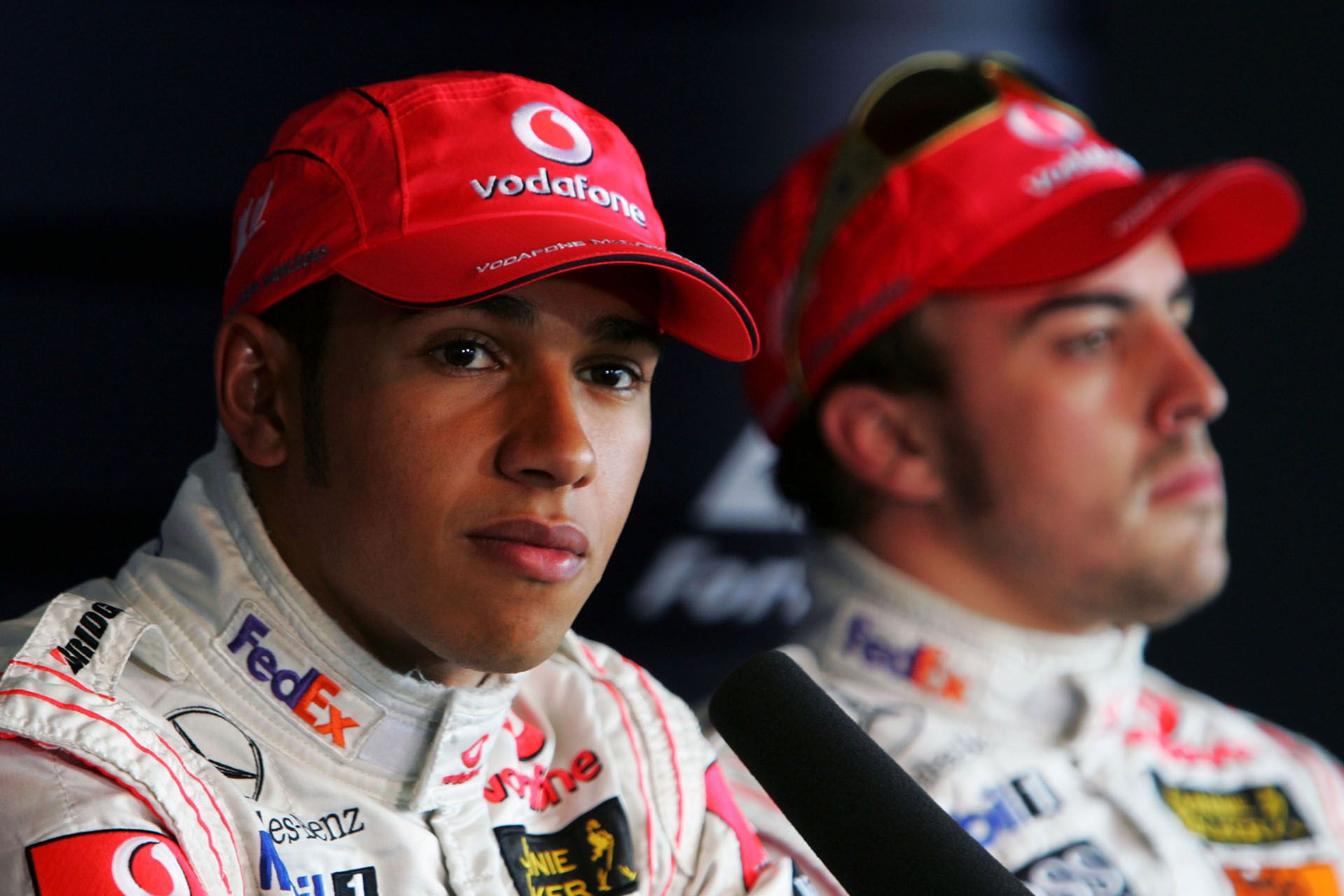
The team had married speed with reliability, along with the strongest driver pairing on the grid, but Hamilton and Alonso’s tumultuous relationship put a strain on the team.
“Everyone is acutely aware of the difficulties we experienced with Fernando and Lewis. I think that hurt the championship in 2007,” says Gary. “The car was definitely the best out there. We lost the Championship by one point, which was a real kick in the teeth.”
Heikki Kovalainen was brought in from Renault to replace Alonso after the Spaniard’s return to the French team. The Finnish driver was highly rated after a solid debut season in F1. Particularly impressive was his podium in Japan, where he’d held off Räikkönen in the rain to finish second. Cool, composed, and not overly emotional, he was seen as a more complementary teammate to Hamilton.
“I was on Lewis' side of the garage in 2007 and then moved to Heikki's side in 2008,” recalls Jono. “I was effectively working with what had been Alonso’s crew. It was still seen as Alonso’s side of the garage, but there was no animosity.
“You could see the bond between Heikki and Lewis. They were really good together, and they were good for each other. It was much easier in 2008, that's for sure.”
“When I joined, I felt like there had been a Spanish corner in the team,” says Heikki. “They were very keen not to experience that again and not to have a Finnish corner. They wanted to unite the team, and I think that’s one of the reasons why they wanted me to join. I had some promise and speed, and they could see that I didn’t play politics.”

The similarities between the team in 2008 and the team today
The term that is often used to describe the McLaren team of the noughties is “cold”. Stemming from the team’s professionalism and dedication, it wasn’t necessarily a negative, but it also wasn’t strictly true. Speak to those at McLaren who worked for the team during that time, and they’ll paint you a very different picture.
“People didn’t see McLaren for what it was,” says Jono, now Operations Director for our Formula 1 team. “We were quite a cold team from the outside, but on the inside, it was a family-oriented team, and everyone looked after each other. We were incredibly close-knit. There was no animosity, no cross words. And we all knew that we were in a very privileged situation.”
McLaren possessed an exciting young team, many of whom have risen through the ranks and are still working here today, while others have gone on to work in high positions at other top teams in Formula 1.
“Our previous era was quite a few years behind us at this point, and we were very much the modern Formula 1 team,” says Marcus Waite, then on the Test team. “It was similar to the current team, in that we were trying to find a way to get the best contributions from everybody. It was about the strength of hundreds of people.”
More than just a team, we are a family
“A bit like a rally car” - How good was McLaren’s 2008 MP4-23?
Aesthetically similar to the MP4-22, the 2008 car had been upgraded in several key areas, including the wings, bodywork, barge boards, and additional bodywork components, giving it its own clear identity.
“The first time that I drove the car properly at a circuit, I can clearly remember when they fired it up for the first time, there was a lot of vibration from the Mercedes engine, and I thought, ‘wow’,” says Heikki. “It felt really racey, almost not like a Formula 1 car, a bit like a rally car.
“Straight away, I could feel a lot of grip, especially in the high-speed corners. It was easier to drive the car compared to the Renault.”
Gary adds: “The MP4-23 was quite similar to the 22, there wasn’t a huge difference. The 2006 car had been difficult to drive and had some reliability problems. The cars in 2007 and ’08 were really nice to drive. Not easy to drive, but easy to get performance out of. Clearly, the pace was there.”
“I also thought they just looked really, really good,” Heikki adds. “It’s one of my favourite colour combinations, with the legendary overalls. It was great to be part of that.”
Possessing excellent grip, a balanced aero package, and scintillating straight-line speed, the MP4-23 played to Hamilton’s strengths. The British racer was able to heat the tyres quickly, giving him an edge in Qualifying and at the start of the races, while it also allowed him to take corners as he liked: he could brake late and take turns aggressively.
The new car was quick out of the box, Hamilton winning from Pole in the season opener, in a race that featured three Safety Cars and saw only seven of 22 cars finish – the type McLaren might have retired from in the past.
“I remember him, right at the end, picking up his helmet and walking to the back of the garage and saying, ‘That’s it, we’re done’, before all hell suddenly broke loose”
Jono Brookes
Operations Director, McLaren Formula 1 Team
Development became key from here, as the team attempted to keep pace with the equally fast Ferrari F2008.
“It was extremely quick, right from the beginning of the season, but it was developed very, very well throughout the season, it just got better and better,” says Gary. “It was a really good car, the best I’ve driven in Formula 1. Together with Ferrari, we had the quickest cars on the grid.”
The upgrades were relentless, starting from the first test and continuing through to the season finale.
“It was a development race,” says Jono. “The biggest thing I remember was the constant evolution. When they say that you never race the same car twice… my God, the upgrades were constant.
“We threw everything at it. Fraught is the best way I can describe it. You never knew what you would get going into a weekend, and there wasn’t a curfew like there is now. Things were being delivered at 02:00 in the morning, and you would be waiting at the circuit for them to arrive. It was crazy, absolutely crazy.”
Paul James, then Number One Mechanic on Lewis’ car, adds: “It was an onslaught of upgrades. We had upgrades at almost every race because Ferrari were pushing us so hard. It was about who could out-develop the other. They were intricate parts, too. You had so many wings and little pieces coming off the car that you constantly cut yourself on it."
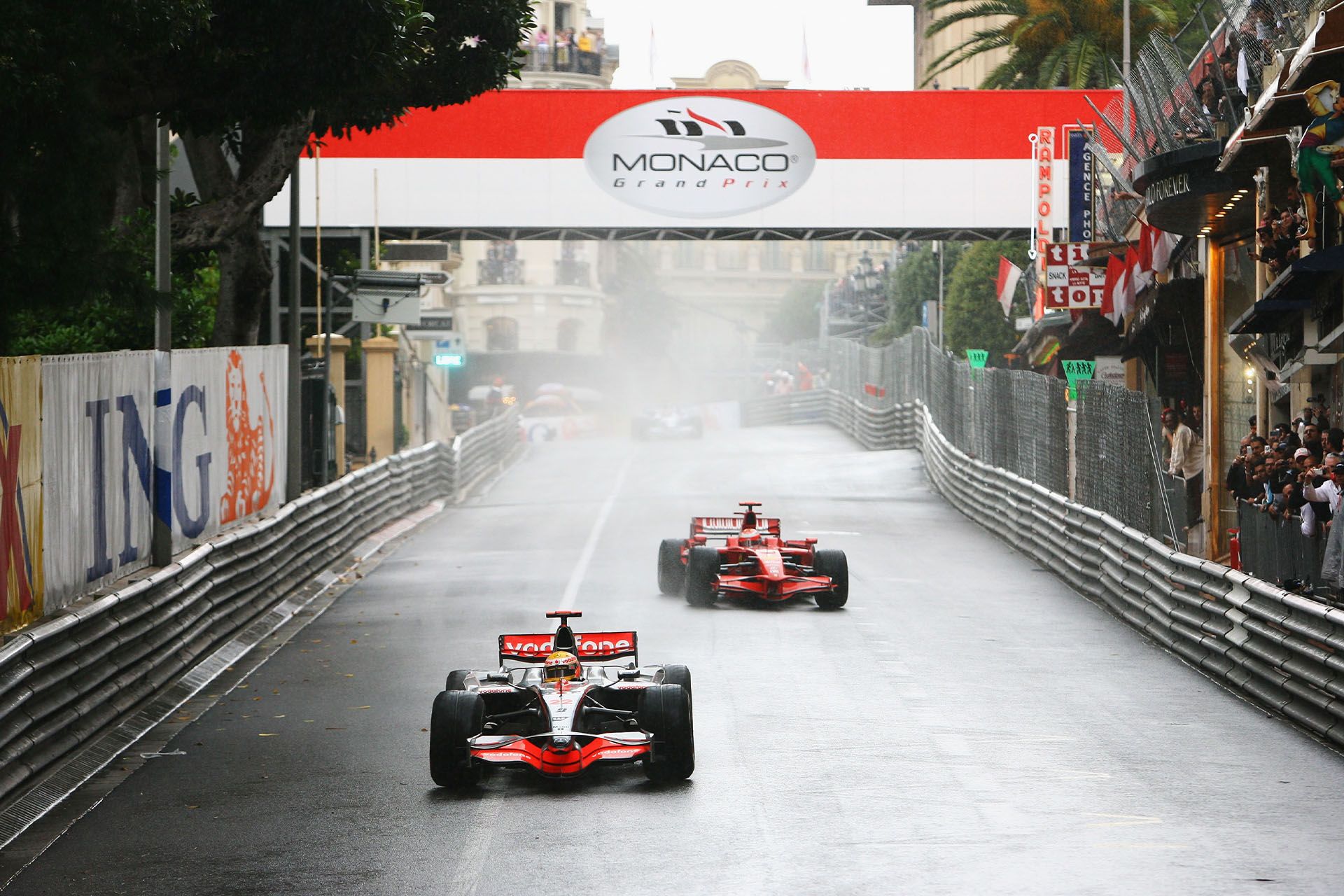
Where does Lewis Hamilton rank among the McLaren greats?
It’s difficult to overstate just how good Hamilton’s debut season had been. The Stevenage-born racer had torn through the junior categories under McLaren’s tutelage, but few expected him to step up from GP2 to F1 with quite such ease.
He was sensational, if raw, and 2008 saw him take another step up. He honed his aggressive side, which had occasionally gotten him into trouble in 2009, and improved on his few weaknesses.
“It didn’t take until 2008 to realise what a talent he was,” says Gary, who raced against Hamilton during their karting and junior formula days. “He was always very quick, but he maybe struggled a little with tyre management in 2007 and made a few mistakes - things he wouldn’t have experienced in the junior formulas. In 2008, he had improved in these areas and was already a very complete driver, even at that point.”
Heikki adds: “I was often able to match Lewis in the high-speed corners, which was a strong area of mine, but his braking performances were incredible. I was never really able to match his braking performance - he was able to brake later and stop the car at the same point.”
The general consensus is that he was special. Very, very special.
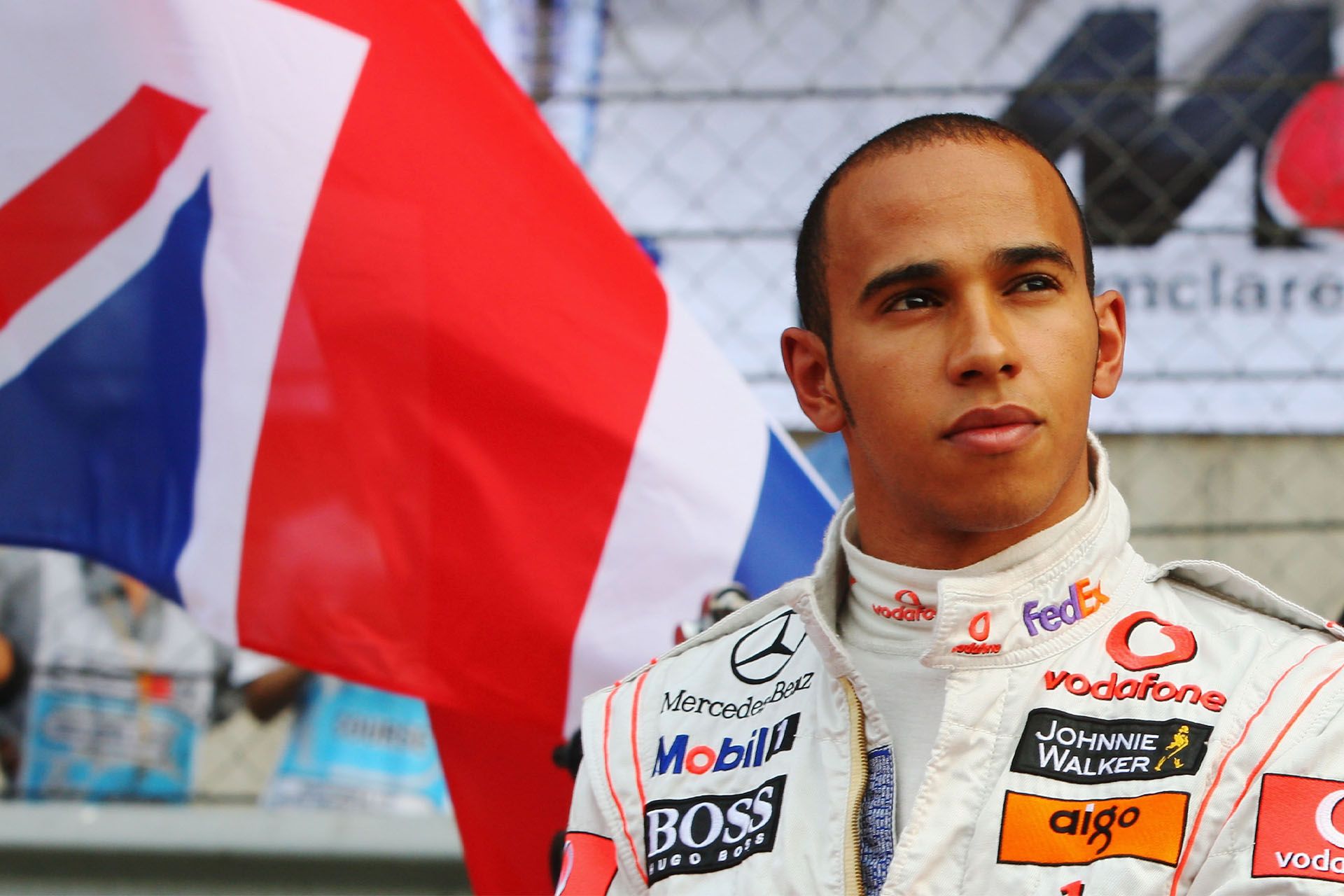
“He's such a big talent, and I think he was even more eager to win his first title,” says Paul, now a Director in our TPC (Testing of Previous Cars) and Heritage Team. “You could see that he was up for it from the off. He was so focused. And he was good to work with - friendly, open, and always had time for us.”
Working in a more harmonious team, with a year’s experience behind him, Hamilton thrived. He was faster, more complete, and battle-hardened, showcasing increased maturity and a winner’s mindset.
After taking the Championship lead in Monaco, he failed to score in the following two races and had fallen to fourth by the British Grand Prix, where he missed out on Pole to his teammate, Heikki, who had been the faster of the two through the weekend. But, energised by a capacity crowd, he delivered his best performance to date, winning his home race for the first time on a soggy Sunday in Silverstone.
When the lights went out, Hamilton fired from fourth to second, before taking the lead a few laps later. What followed was an all-time wet-weather masterclass, as he won by more than a minute, despite being asked to slow down - "If I go any slower, I'll lose concentration," he said - and whilst regularly wiping his misting visor.
His fourth and fifth wins, in Germany and China, were less dramatic but equally important, as he gained a foothold in the title battle.
“It was obviously very intense, but Lewis handled it very well,” Heikki recalls. “He was ready to win a Championship. He was performing well, he was quick, focused and a tough guy to beat – I figured that out quickly. He was also able to work well with the team, he gave them a lot of motivation.”
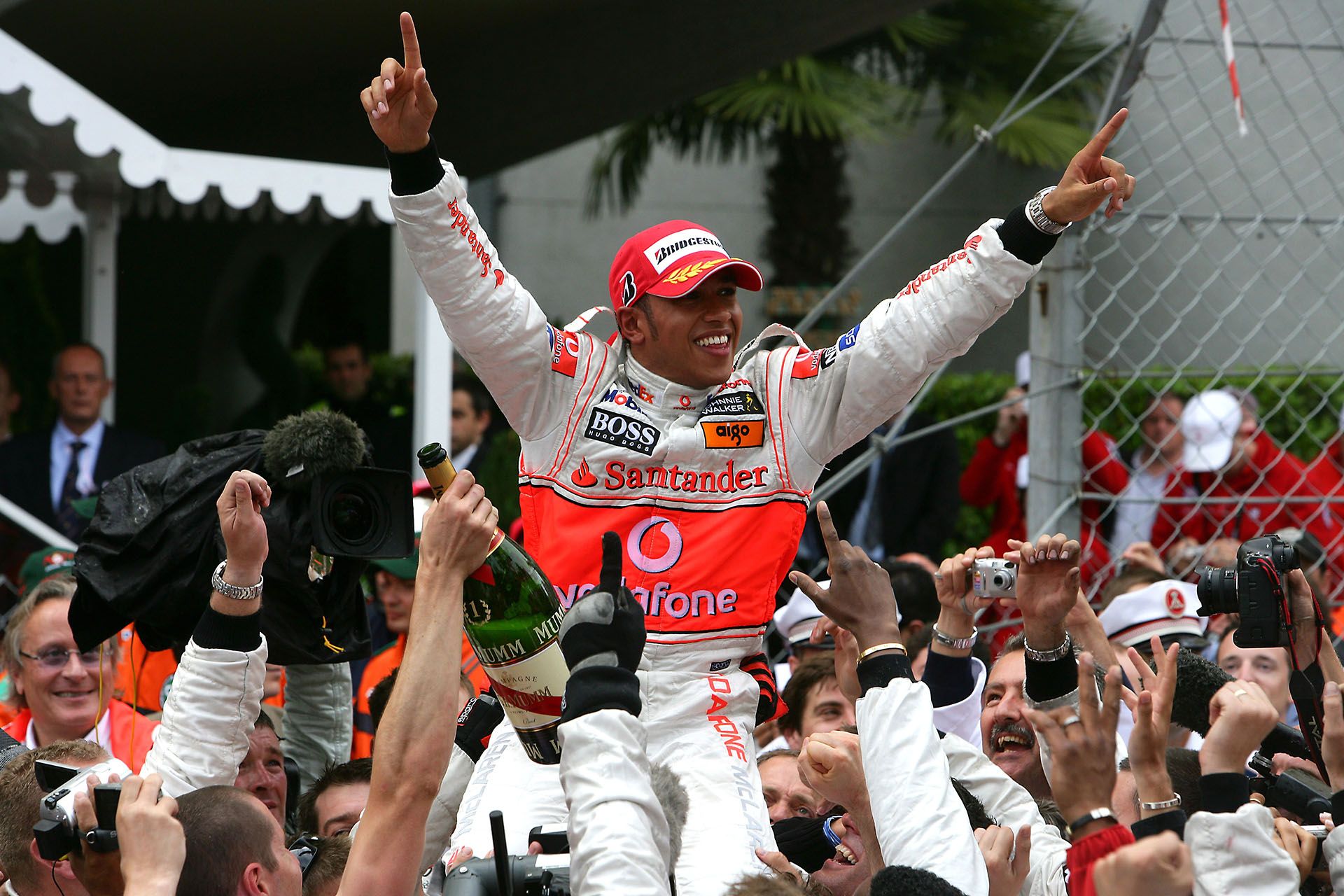
The most dramatic season finale in F1 history?
Having reclaimed the Championship lead at his home race, Hamilton held it from every round up until the season finale, where fifth place would be enough to secure him his first F1 title in only his second season. Qualifying fourth, with his title rival Felipe Massa on Pole, the chance to become F1’s youngest World Champion was in his hands.
But on Sunday, disaster struck.
“On the Sunday morning in Brazil, some funny noises were coming from the gearbox and we all looked at each other,” Paul recalls. “We had no time to change it, so we just had to hope it was okay. It was quite scary going to the grid, not knowing whether the gearbox would last.”
Jono adds: “We never got to the bottom of why. We sent the cars to the grid at different times, just in case of a problem. We sent Lewis’ to the grid first, because if his broke down, could he run back and get in the other car? We didn’t know the rules and whether we could put him in Heikki’s car, but we had Lewis's spare driver kit ready in case we needed to.”
Thankfully, the team would never need to scour the rulebooks to find out, as both cars started the race. Scare survived, Lewis maintained his top five position for all of 69 laps, before running wide in heavy rainfall, which allowed Sebastian Vettel to pass.
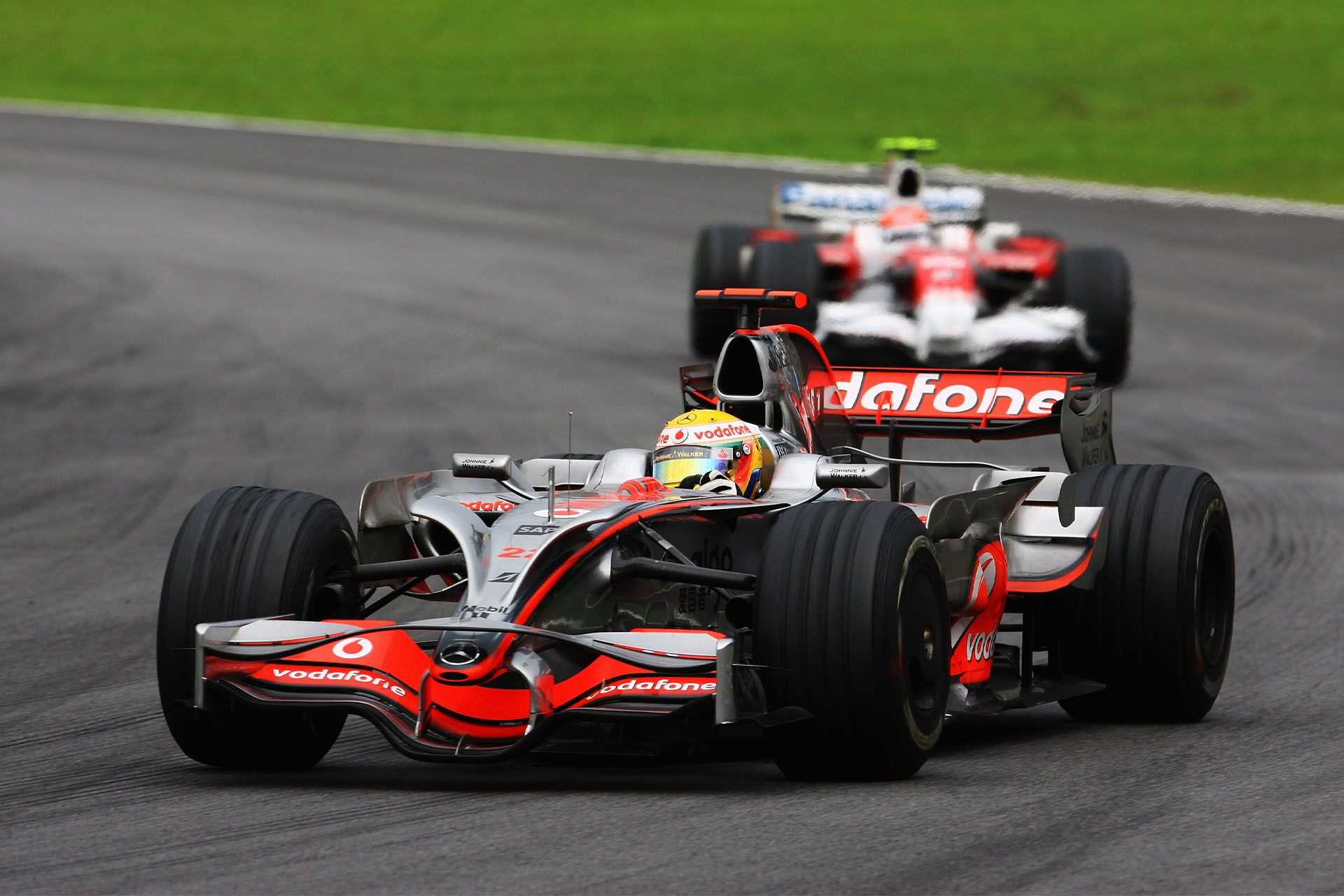
Still in first, Massa had driven a perfect race. The Championship was slipping through Hamilton’s fingers.
“There were a couple of things we learnt as a team that we said we wouldn't do again,” says Gary, now Team Manager at the NEOM McLaren Formula E Team. “There was too much focus on finishing in the top five rather than winning the race, which nearly caught us out. Going forward, we changed our focus – it doesn’t matter where you have to finish to achieve a certain goal, in every race, you aim to achieve the maximum result you can.”
With a single corner of the season left, Timo Glock slowed from fourth, struggling in the rain on dry tyres. Hamilton gleefully darted past, giving him the points he needed for the title, and stunning fans around the world – including pundit and former McLaren driver Martin Brundle, whose famous line “Is that Glock?!” has gone down in F1 folklore.
“I remember everything about Brazil,” Jono says. “I remember those final 10 laps very clearly. I remember looking over to Paul, and he just shook his head. I remember him, right at the end, picking up his helmet and walking to the back of the garage and saying, ‘That’s it, we’re done’, before all hell suddenly broke loose.
“I can remember Nicole Scherzinger screaming at the top of her voice, people carrying Lewis’ brother onto the pit wall, and everyone crying – it was like a champagne cork going off.”
Paul adds: “The reaction in the garage was incredible. I’ve never seen anything like it. Everybody was so tense, we all thought we’d missed out again by one point. But then, the garage goes mad. It was a brilliant feeling.”
Recent articles
Latest news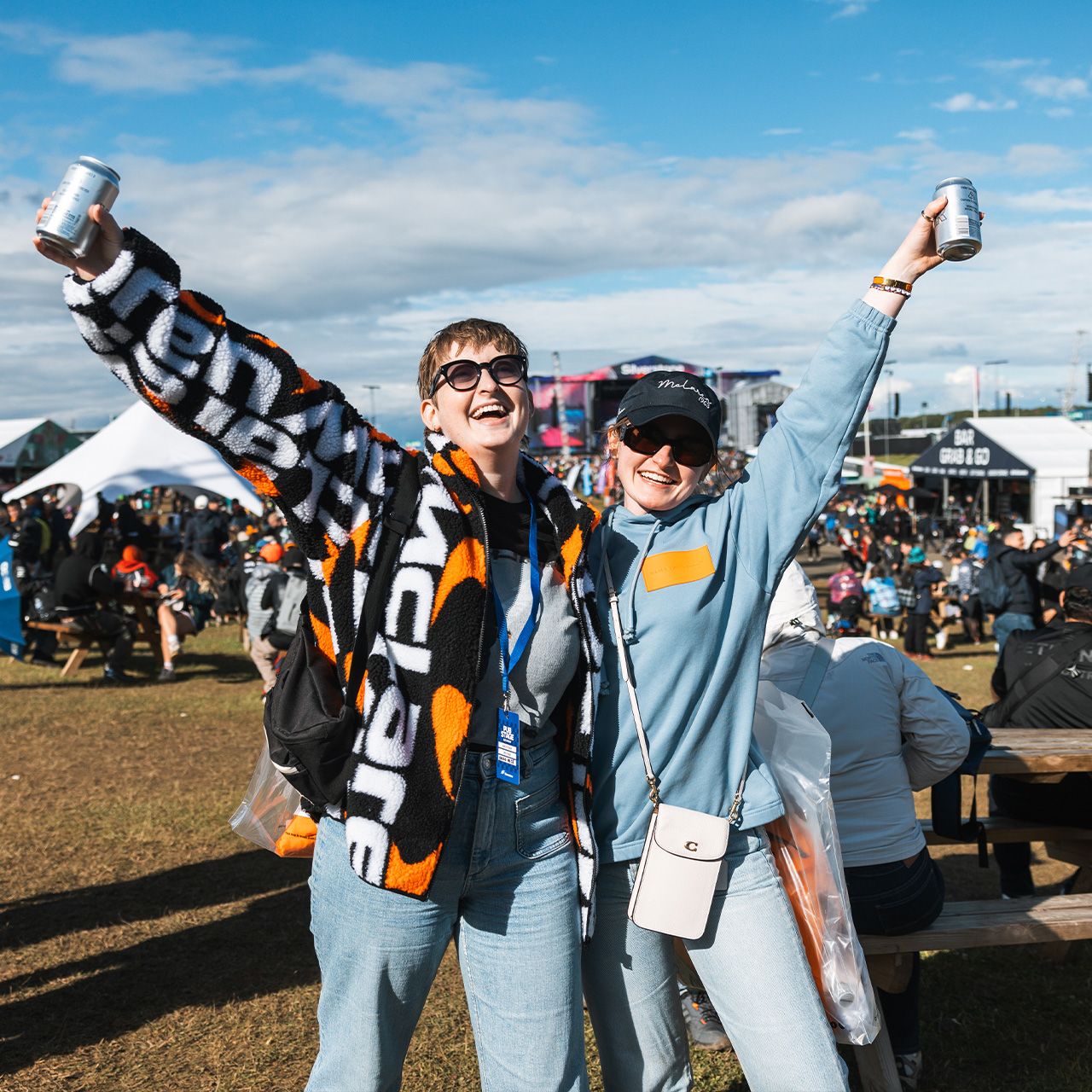
Preview: The 2025 British Grand Prix – presented by OKX
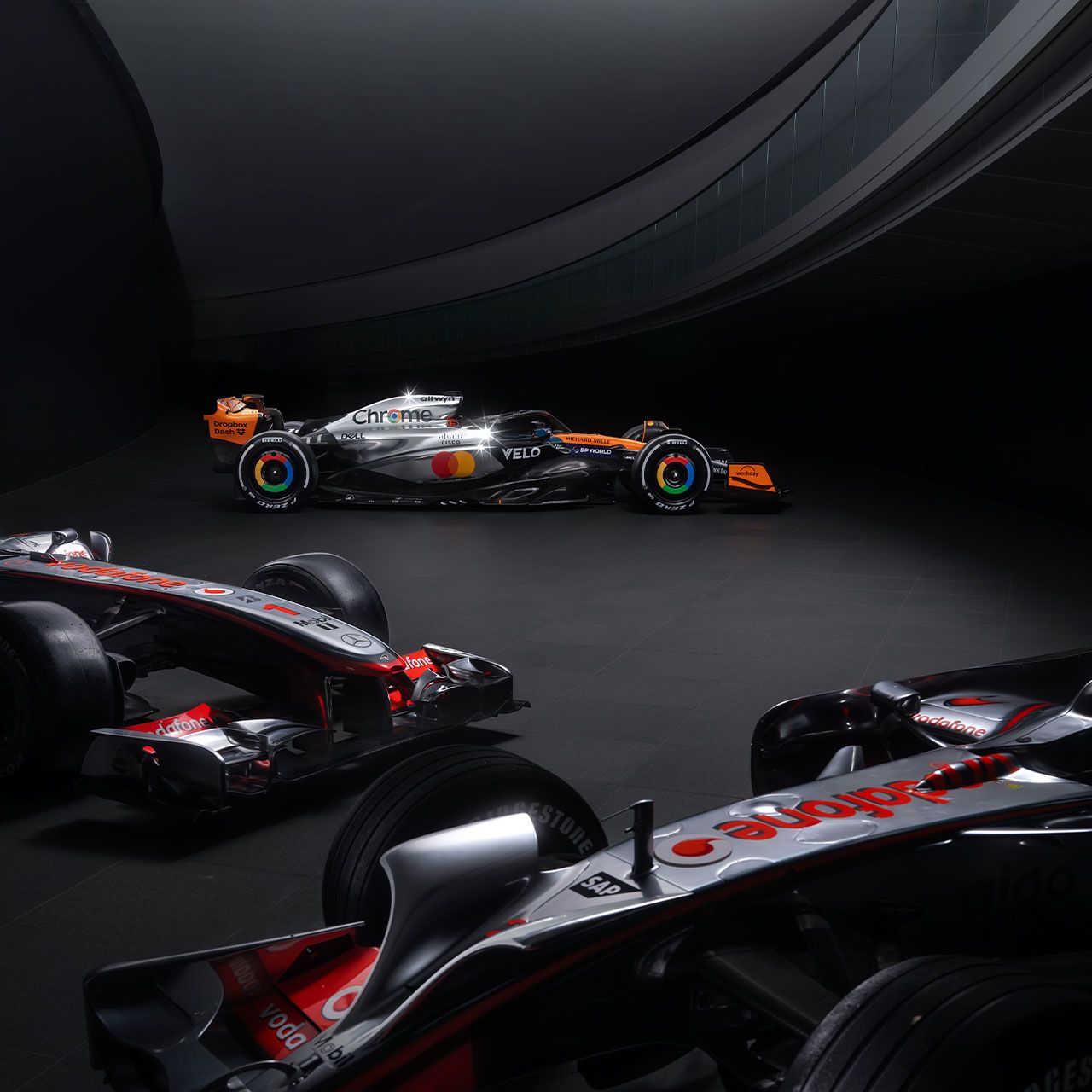
Google Chrome launch Legacy at Speed livery for the British Grand Prix
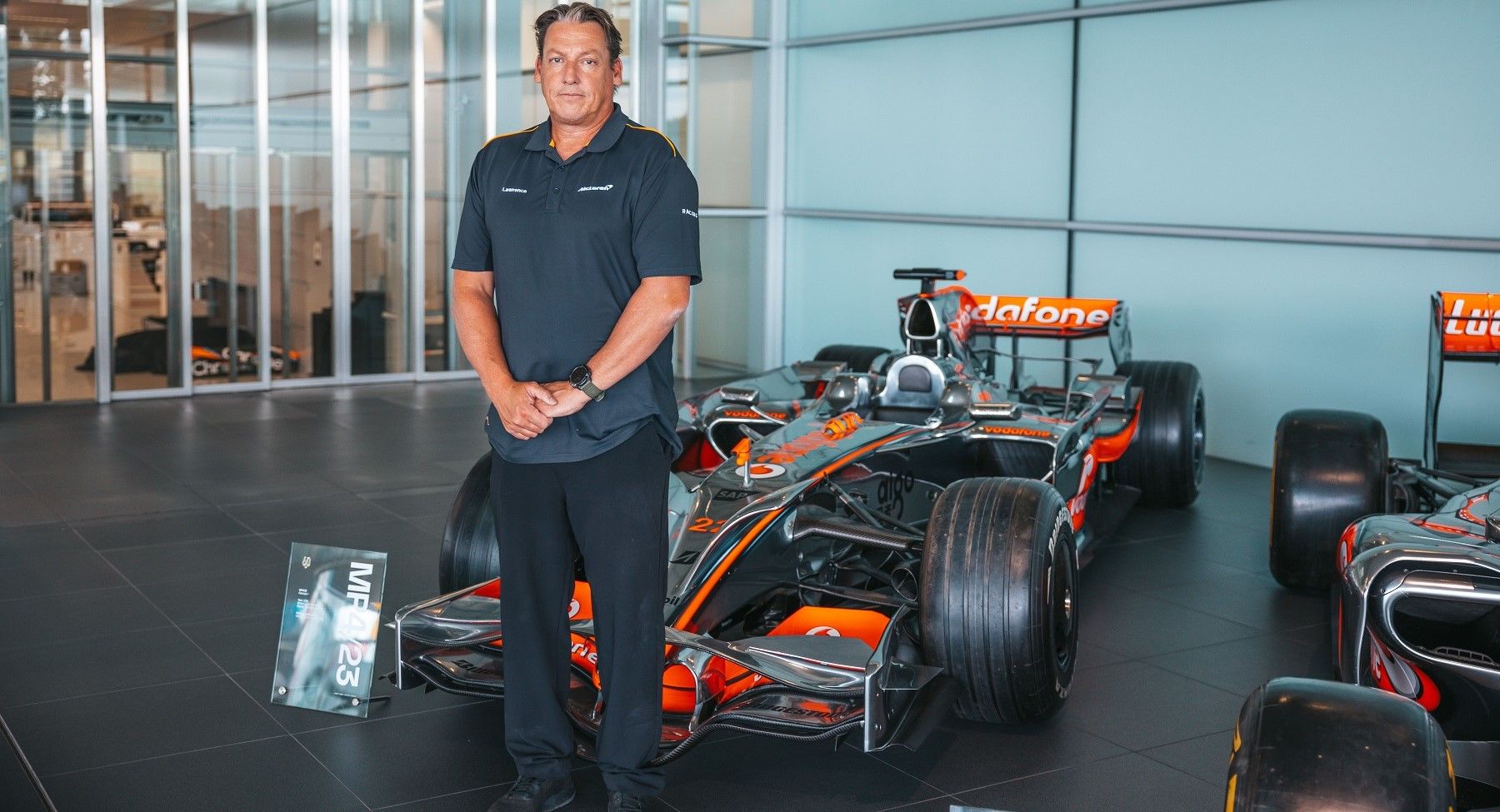
Chrome's true origin story

How good actually was Ayrton Senna? Hint: Exceptionally
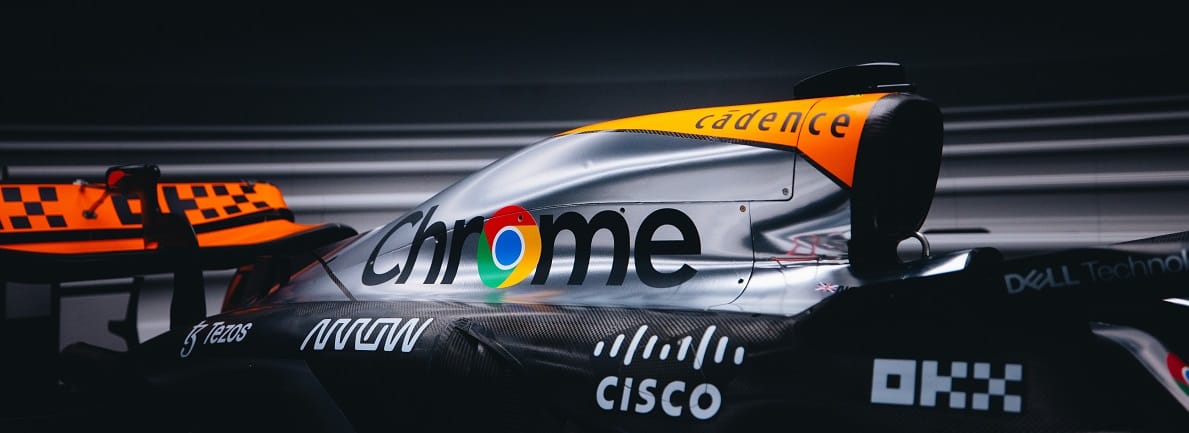
Quiz: Test your chrome knowledge!
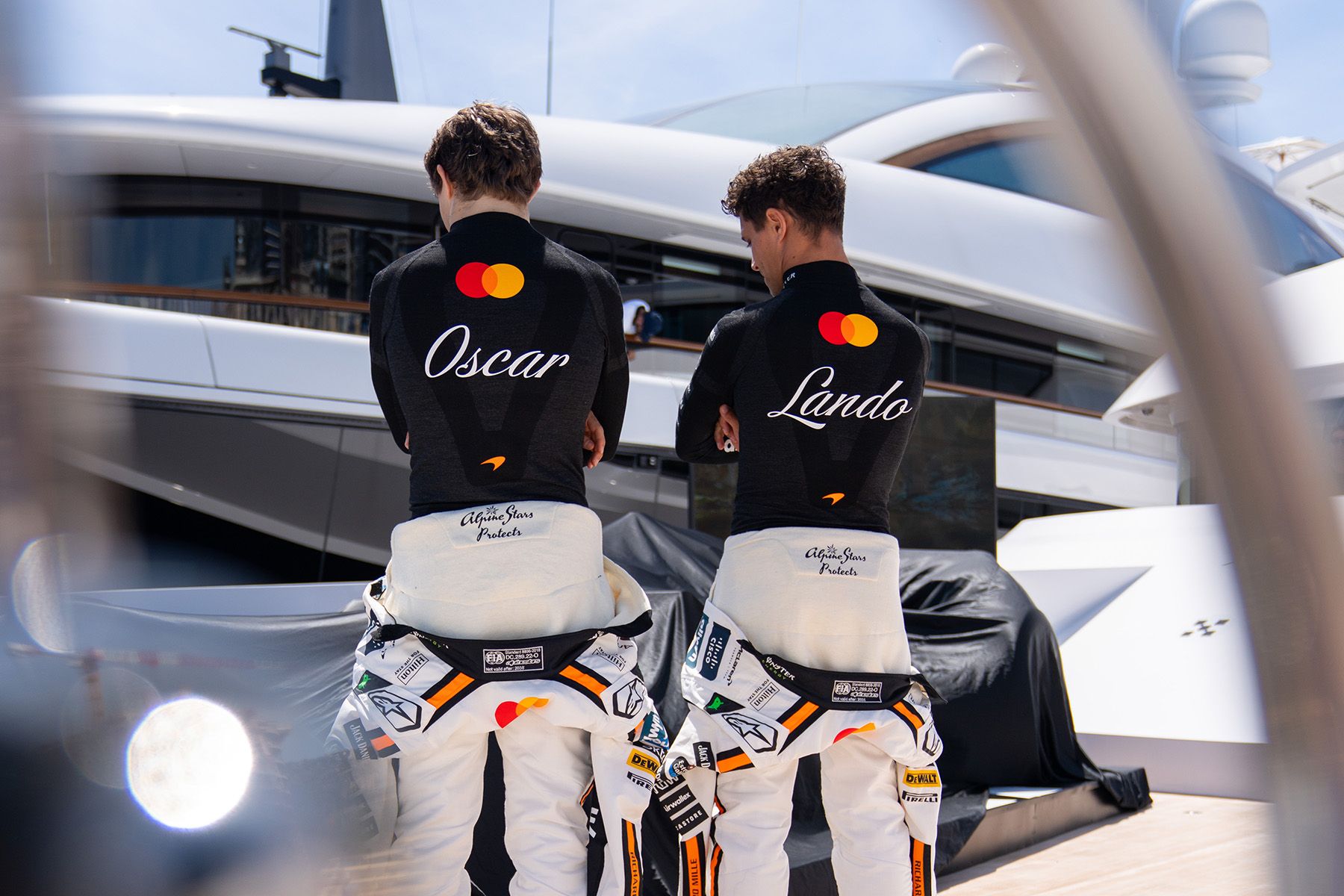
Lando and Oscar share their sporting greats
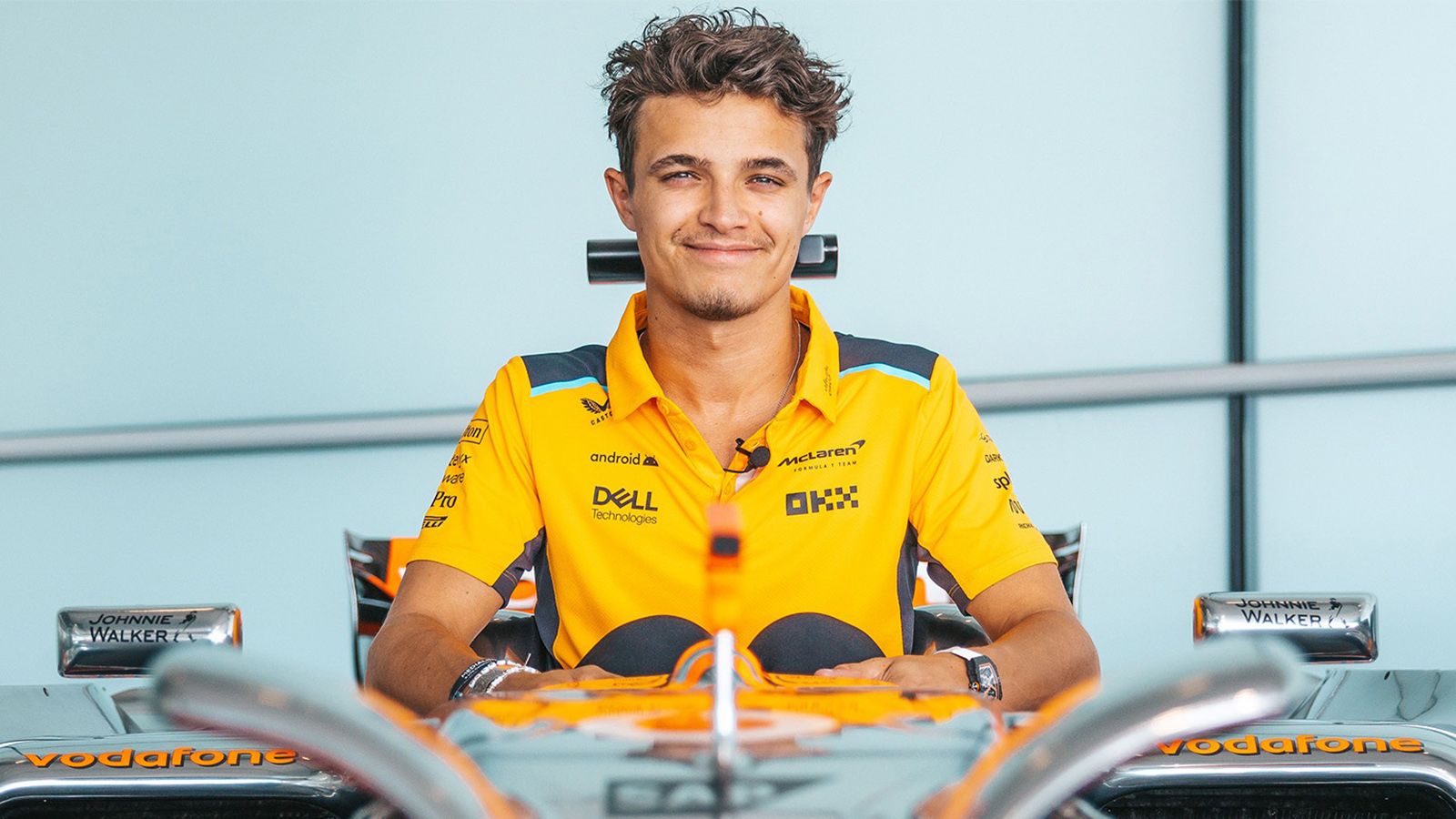
Lando's persuit of chrome
